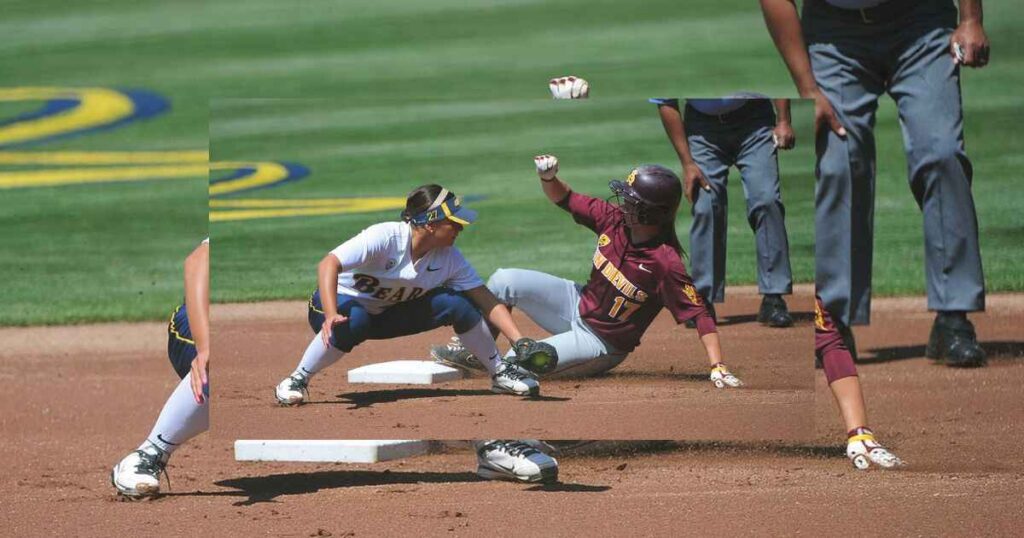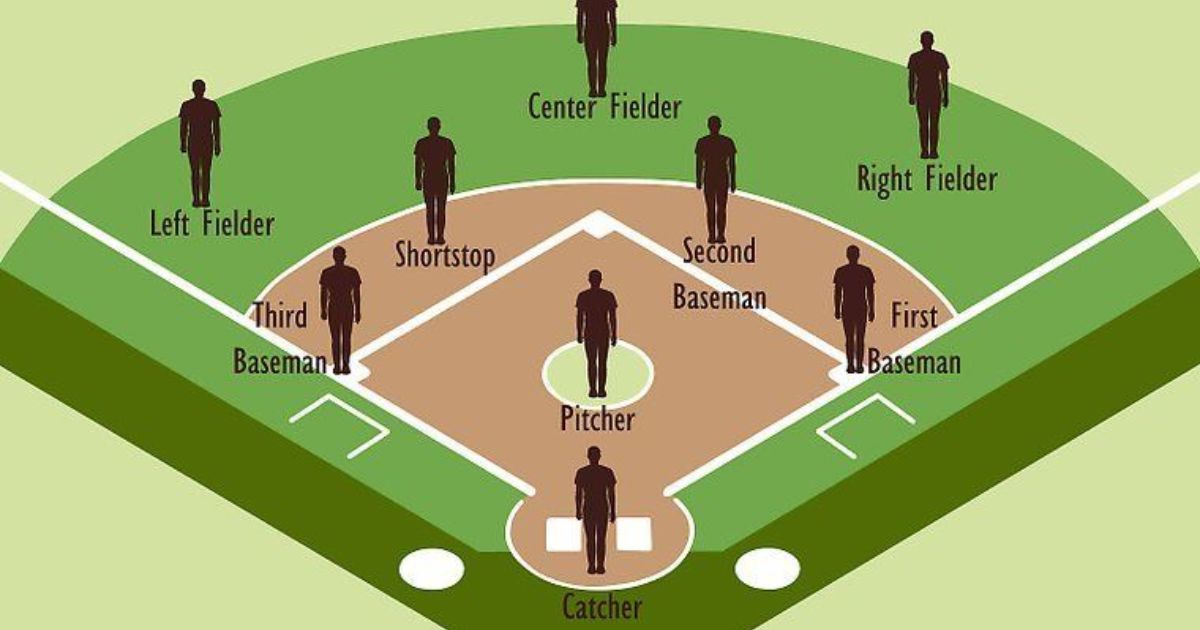Softball, a dynamic and exhilarating team sport, has captured the hearts of athletes and fans around the world. With its roots deeply embedded in the history of baseball, softball has evolved into a game with its own unique charm and strategic intricacies. Played on a smaller field but with no shortage of excitement, softball brings together nine players on each team, strategically positioned to fulfill distinct roles.
From the precision of the pitcher to the agility of the outfielders, each position contributes to the fluid and fast-paced nature of the game. As we unravel the intricacies of each position in softball and dissect the strategic plays that shape the course of a match, it’s an invitation to both players and fans alike. It’s time to dive into the world of softball and discover the magic woven into every play!
In this exploration of softball positions, we delve into the diverse roles and responsibilities that players undertake on the field. From the battery positions of pitcher and catcher to the dynamic coordination of the infield and the athleticism of the outfield, each player’s contribution is essential to the overall success of the team.
Softball Infield Positions
Pitcher (P):
- The pitcher is a crucial player responsible for delivering the ball to the batter with precision and speed.
- They aim to strike out the opposing batters or induce ground balls and pop-ups for easy outs.
- Pitchers need excellent control, a variety of pitches, and the ability to adapt their strategy based on the batter.
Catcher (C):
- The catcher works closely with the pitcher and is involved in receiving pitches, catching potential base stealers, and calling the game.
- They need quick reflexes, strong communication skills, and a good understanding of the opposing team’s strengths and weaknesses.
First Baseman (1B):
- The first baseman covers the area around the first base and is often involved in catching throws from other infielders.
- They need good fielding skills and the ability to stretch and catch throws to secure outs.
Second Baseman (2B):
- The second baseman covers the area around the second base and is often involved in turning double plays with the shortstop.
- They require quick reflexes, good lateral movement, and the ability to make accurate throws.
Shortstop (SS):

- The shortstop is a versatile player positioned between second and third base, covering a large area of the infield.
- They need excellent fielding skills, a strong arm, and the ability to make split-second decisions.
Third Baseman (3B):
- The third baseman covers the area around the third base and is often involved in fielding hard-hit balls and making strong throws to first base.
- They need quick reactions, a strong arm, and good fielding skills.
Softball Outfield Positions:
Left Fielder (LF):
- The left fielder covers the area in the left part of the outfield.
- They need good range, speed, and the ability to track and catch fly balls.
Center Fielder (CF):
- The center fielder covers the central part of the outfield and is often the fastest outfielder.
- They need exceptional speed, a strong arm, and the ability to cover a large area.
Right Fielder (RF):
- The right fielder covers the area in the right part of the outfield.
- They need a strong arm for making accurate throws and good fielding skills.
Battery Positions:
Designated Player (DP) / Flex:
In some softball leagues, a designated player (DP) or flex player is allowed, typically to bat for one of the defensive players without affecting their defensive roles.
This allows teams to maximize offensive potential without sacrificing defensive strength.
These positions work together strategically to prevent the opposing team from scoring runs and to secure outs efficiently. Softball is not only a physically demanding game but also requires mental acuity, teamwork, and communication among players.
Strategies and Tactics:
Softball is not just about individual player skills; it’s a team sport that requires strategic planning and effective execution. Coaches often devise game plans based on the strengths and weaknesses of their own team and the opposing team. Here are some strategies and tactics associated with the different positions:
Pitcher-Catcher Dynamic
- The pitcher and catcher work in tandem to control the game. Pitchers often use a mix of pitches to keep batters off balance, while catchers call pitches based on the situation.
- A well-coordinated pitcher-catcher duo can disrupt the rhythm of opposing batters and limit their offensive capabilities.
Infield Coordination
- The synergy between the infielders, especially the double-play combination of the shortstop and second baseman, is crucial for turning potential double plays.
- Infielders must communicate effectively to decide who covers a ground ball, who makes the throw, and where the play is directed.
Outfield Coverage
- Outfielders need to position themselves strategically based on the batter’s tendencies and the game situation.
- Center fielders often play a pivotal role in tracking down deep fly balls and supporting corner outfielders.
Defensive Shifts
- Teams may employ defensive shifts based on the hitting tendencies of specific batters. This involves adjusting the positioning of fielders to increase the probability of making outs.
- Infielders might shift towards one side or the other, depending on whether the batter tends to pull the ball or hit to the opposite field.
Base Running Awareness
- Infielders, especially the first baseman and third baseman, need to be aware of base runners and potential steal attempts.
- Catchers play a critical role in controlling the opponent’s running game by making accurate throws to catch stealing runners.
Pitching Changes
- Coaches strategically substitute pitchers based on the game situation, the opposing lineup, and the fatigue level of the current pitcher.
- Pitching changes can impact the flow of the game and provide a strategic advantage by introducing different pitching styles.
Player Specialization:
While all players should have a fundamental understanding of the game, certain positions demand specialized skills. For instance:
- Pitchers: Besides delivering accurate and well-paced pitches, pitchers need to master a variety of pitch types, such as fastballs, change-ups, and breaking balls, to keep batters guessing.
- Catcher: Catchers need strong throwing arms to deter base stealers, excellent framing skills to influence umpire decisions, and the ability to read the game situation.
- Infielders: Quick reflexes, agile lateral movements, and strong throwing arms are essential for infielders. Additionally, the ability to turn double plays efficiently adds to their value.
- Outfielders: Outfielders must possess speed, agility, and a strong throwing arm. Tracking fly balls and preventing extra-base hits are key responsibilities.
Conclusion
In conclusion, the positions in softball are diverse, each requiring specific skills and contributing to the overall success of the team. A well-balanced combination of pitching, fielding, and hitting is essential for a team to excel in this dynamic and exciting sport. As players master their respective positions, they contribute to the intricate tapestry of softball, making it a game that is both challenging and rewarding for athletes and fans alike.
Softball, with its combination of athleticism, strategy, and teamwork, continues to captivate players and fans alike. The intricate ballet of players moving in harmony on the field, the crack of the bat, and the strategic decisions made by coaches all contribute to the enduring appeal of this exhilarating sport.








